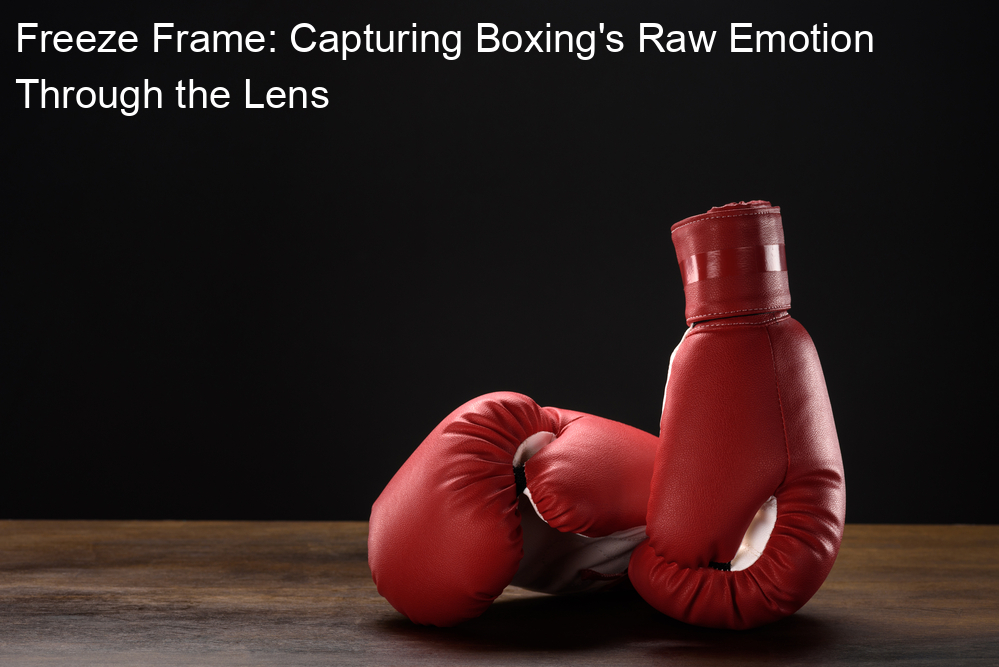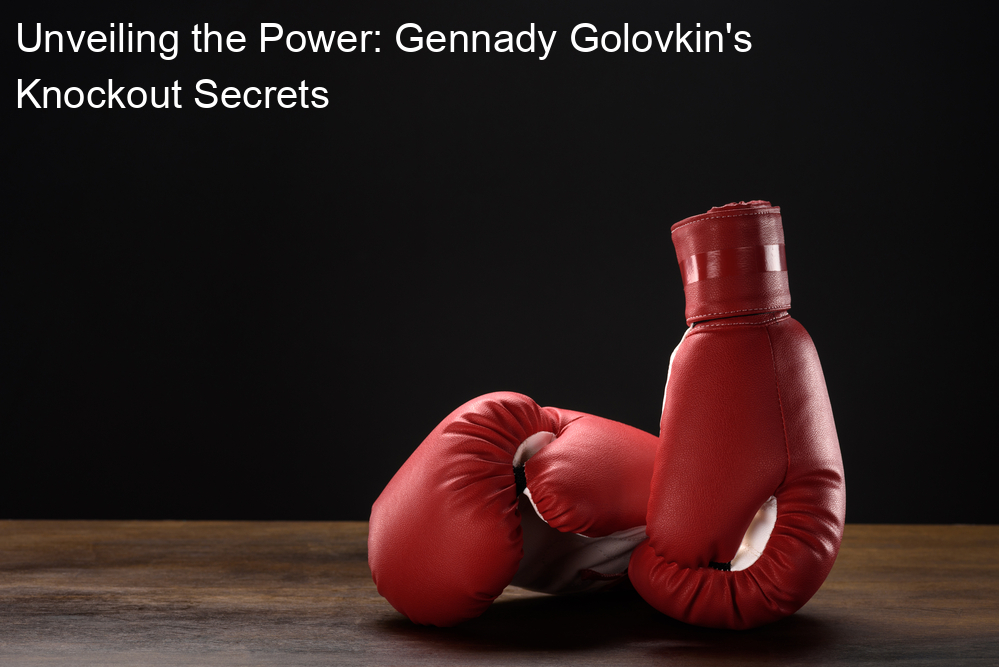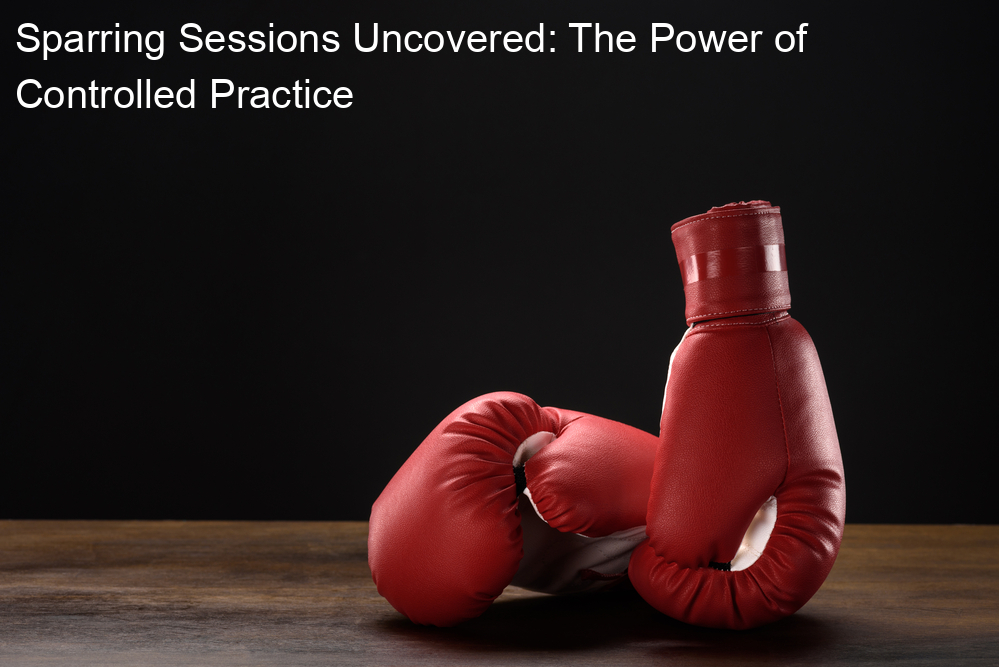Introduction to Boxing in Media
Boxing is more than just a sport. It’s a cultural phenomenon that has found its way into our movies, TV shows, and even our music. Let’s dive into the world of boxing in media and see how it has shaped popular culture.
- Overview of boxing’s influence on popular culture
- Historical context of boxing in media
Boxing has been a significant part of popular culture for many years. From the iconic “Rocky” movies to the thrilling matches broadcasted on television, boxing has left a lasting impact. It has inspired countless artists, filmmakers, and musicians, leading to a rich tapestry of media content that celebrates the sport.
Boxing-themed movies and TV shows often portray the sport as a symbol of struggle, determination, and triumph over adversity. This resonates with many people, making boxing a popular theme in media. For example, the “Rocky” series, one of the most successful movie franchises of all time, has had a significant influence on how people perceive boxing.
Boxing’s relationship with media dates back to the early 20th century. The first recorded boxing match was broadcasted on radio in 1921, and the sport quickly became a popular subject for newsreels and documentaries.
With the advent of television, boxing found a new platform to reach a wider audience. The first televised boxing match took place in 1931, and since then, the sport has been a staple of TV programming. The popularity of boxing on television peaked in the 1980s and 1990s, with legendary fighters like Mike Tyson and Evander Holyfield becoming household names.
Boxing has also made its mark in the world of film. The first boxing movie, “The Ring”, was released in 1927. Since then, there have been numerous films about boxing, including “Raging Bull”, “Million Dollar Baby”, and “Creed”, which have all received critical acclaim.
In conclusion, boxing has had a profound influence on media and popular culture. It has inspired countless films, TV shows, and songs, and continues to captivate audiences with its thrilling matches and compelling narratives.
The Influence of Boxing on Film
Boxing is not just a sport, it’s a drama in itself. It’s no wonder that filmmakers have been drawn to the ring, using boxing as a backdrop for telling compelling stories. Let’s take a look at how boxing has influenced classic cinema.
Boxing in Classic Cinema
Classic cinema has given us some of the most memorable boxing films. These films not only depict the physicality of the sport but also the emotional journey of the boxers. Let’s dive into two iconic examples.
- Case study: Raging Bull
- Case study: Rocky
Raging Bull, directed by Martin Scorsese, is often hailed as one of the greatest films ever made. Released in 1980, it tells the story of Jake LaMotta, a middleweight boxing champion known for his violent temper in and out of the ring. The film is a raw and brutal portrayal of a man struggling with his own demons. It’s a powerful example of how boxing can serve as a metaphor for personal battles.
Who can forget Rocky? This 1976 film, written by and starring Sylvester Stallone, is the ultimate underdog story. Rocky Balboa, a small-time boxer, gets a shot at the world heavyweight championship. The film is not just about boxing, but about determination, grit, and the human spirit. It’s a testament to the fact that in boxing, and in life, it’s not about how hard you can hit, but how hard you can get hit and keep moving forward.
These classic films have left an indelible mark on cinema, proving that the world of boxing is ripe with stories of triumph, defeat, and redemption. They’ve set the stage for many more boxing films to come, continuing to influence the world of film in profound ways.
Boxing in Modern Cinema
Let’s take a look at how boxing is portrayed in modern cinema. We’ll focus on two popular films: “Million Dollar Baby” and “The Fighter”.
- Case study: Million Dollar Baby
- Case study: The Fighter
“Million Dollar Baby” is a heart-wrenching story of a woman’s journey to become a professional boxer. This film shows the grit, determination, and resilience required to succeed in boxing. It also highlights the physical and emotional challenges that boxers face. The film won four Academy Awards, including Best Picture, proving that boxing movies can be both critically acclaimed and popular with audiences.
“The Fighter” is based on the true story of professional boxer Micky Ward. This film showcases the intense training and discipline required to excel in boxing. It also delves into the personal struggles and family dynamics that can impact a boxer’s career. The film was nominated for seven Academy Awards and won two, demonstrating the continued appeal of boxing movies.
Both “Million Dollar Baby” and “The Fighter” show that boxing is more than just a sport. It’s a test of character, a journey of personal growth, and a fight for one’s dreams. These films have helped to shape the modern perception of boxing, making it a compelling subject for cinema.
Boxing in Television
Boxing isn’t just a sport that’s enjoyed in the ring. It’s also a popular theme in many of our favorite television shows. Let’s take a look at how boxing has been portrayed in some of the most dramatic TV series.
Boxing in Dramatic Television Series
Boxing has been a key element in many dramatic television series, often used to portray the struggles and triumphs of the characters. Here are a couple of case studies to illustrate this:
- Case study: The Sopranos
- Case study: The Wire
One of the most critically acclaimed TV shows of all time, The Sopranos, used boxing as a metaphor for the internal and external conflicts faced by the characters. Tony Soprano, the show’s protagonist, is often seen watching old boxing matches, reflecting on his own battles in life. The show also features a few scenes of actual boxing, further emphasizing the theme of struggle and survival.
Another highly praised series, The Wire, also incorporated boxing into its storyline. The character Cutty, a former gang member, opens a boxing gym for local kids in an attempt to provide them with a positive outlet. Boxing here symbolizes a path to redemption and a way out of the cycle of crime and violence.
In both these shows, boxing is more than just a sport. It’s a tool used by the writers to delve deeper into the characters’ psyches and to highlight the societal issues they grapple with.
Boxing in Reality TV and Documentaries
Let’s dive into the world of reality TV and documentaries, where boxing takes center stage. We’ll explore two popular examples: “The Contender” and “When We Were Kings”. These shows give us a glimpse into the real-life drama, excitement, and challenges of the boxing world.
-
Case study: The Contender
First up is “The Contender”, a reality TV show that aired from 2005 to 2018. This show was all about boxing, featuring professional boxers competing in a tournament format. The show was a hit, not just because of the intense boxing matches, but also because it showed the personal lives and struggles of the boxers. It gave viewers a chance to see the dedication, hard work, and sacrifice it takes to be a professional boxer.
-
Case study: When We Were Kings
Next, we have “When We Were Kings”, a documentary film about the famous “Rumble in the Jungle” boxing match between Muhammad Ali and George Foreman in 1974. This film won an Academy Award for Best Documentary Feature in 1996. It’s a must-watch for any boxing fan, as it captures the drama and excitement of one of the most famous boxing matches in history. Plus, it gives an in-depth look at the legendary Muhammad Ali, both inside and outside the ring.
Both “The Contender” and “When We Were Kings” show us the real, unfiltered world of boxing. They highlight the physical and mental toughness required to succeed in this sport. So, if you’re a boxing fan, or even just a fan of good television and film, be sure to check these out!
Media Portrayal of Boxing
Boxing, a sport that has been around for centuries, has been portrayed in various ways in the media. One of the most common portrayals is the heroic boxer trope.
The Heroic Boxer Trope
The heroic boxer trope is a popular narrative in both film and television. This portrayal often features a boxer who overcomes great odds to achieve success. Let’s delve into this trope a bit more.
- Analysis of the underdog narrative in boxing
- Impact of the heroic boxer trope on public perception
The underdog narrative is a common theme in boxing. This is where a boxer, often from a disadvantaged background, rises through the ranks to become a champion. This story is compelling and relatable, making it a popular choice for filmmakers and writers. A classic example of this is the “Rocky” series, where the main character, Rocky Balboa, overcomes numerous obstacles to become a world champion.
The heroic boxer trope has a significant impact on how the public perceives boxing. It paints the sport as a platform for personal growth and overcoming adversity. This narrative can inspire viewers and even encourage them to take up the sport. However, it’s important to remember that while these stories are inspiring, they don’t always reflect the reality of the sport. Boxing is a tough sport that requires intense training and discipline.
In conclusion, the media portrayal of boxing, particularly the heroic boxer trope, plays a crucial role in shaping public perception of the sport. While these narratives can be inspiring, it’s important to remember the reality of the sport and the dedication it requires.
Boxing and Media Representation
Boxing is a sport that’s loved by many. But, how it’s represented in the media can shape how we see it. Let’s dive into this topic and see how diversity and media portrayal impact boxing’s popularity.
- Discussion on diversity in boxing representation
- Impact of media portrayal on the sport’s popularity
Boxing is a global sport, with champions hailing from all corners of the world. This diversity is one of the sport’s greatest strengths. However, media representation of boxing hasn’t always reflected this diversity.
For example, in the past, boxing movies and TV shows often focused on white, male boxers. This left out a lot of the sport’s rich tapestry. But things are changing. Today, we’re seeing more diverse representation in boxing media. This includes more stories about boxers of different races, genders, and backgrounds. For instance, the 2004 movie “Million Dollar Baby” tells the story of a female boxer, breaking the stereotype.
How boxing is portrayed in the media can greatly affect its popularity. When boxing is shown in a positive light, it can attract new fans. But if it’s portrayed negatively, it can turn people away.
For example, the 1976 movie “Rocky” portrayed boxing as a way for an underdog to achieve greatness. This positive portrayal helped boost the sport’s popularity. On the other hand, media coverage of boxing’s risks and dangers can deter some people from the sport.
So, it’s clear that media representation plays a big role in shaping our views of boxing. By showcasing the sport’s diversity and positive aspects, media can help boxing continue to thrive.
Pop Culture’s View on Boxing
Boxing isn’t just a sport; it’s a part of our culture. It’s made its way into our music, our books, our movies, and even our video games. Let’s take a closer look at how boxing has influenced music and literature.
Boxing in Music and Literature
From catchy tunes to captivating novels, boxing has found a place in both music and literature. It’s not just about the punches and the fights; it’s about the struggle, the triumph, and the spirit of the sport.
- Boxing references in popular songs
- Boxing in classic and contemporary literature
Boxing has been a popular theme in music for decades. For instance, the song “Eye of the Tiger” by Survivor became an anthem for boxers and fans alike after it was featured in the movie “Rocky III”. The lyrics talk about the determination and willpower needed to succeed in the ring, making it a perfect fit for the sport. Other songs like “Mama Said Knock You Out” by LL Cool J and “The Boxer” by Simon & Garfunkel also use boxing as a metaphor to convey their messages.
Boxing has also made its mark in literature. Classic novels like “The Harder They Fall” by Budd Schulberg and “Fat City” by Leonard Gardner offer a gritty, realistic portrayal of the boxing world. On the other hand, contemporary works like “The Contender” by Robert Lipsyte use boxing as a backdrop to explore themes of perseverance, self-discovery, and personal growth. These books not only entertain readers but also provide a deeper understanding of the sport and its impact on the characters’ lives.
Whether it’s through a catchy song or a gripping novel, boxing continues to inspire and entertain us in many ways. It’s more than just a sport; it’s a part of our culture and our lives.
Boxing in Video Games and Comic Books
Boxing isn’t just a sport you watch on TV or practice at the gym. It’s also a big part of video games and comic books. Let’s take a look at how boxing has made its mark in these areas.
- Popular Boxing Video Games
Boxing video games have been a hit since the early days of gaming. They let you step into the ring and throw punches without getting a single bruise. Here are some of the most popular ones:
- Punch-Out!! – This classic game from Nintendo has been a fan favorite since the 1980s. You play as Little Mac, a small but mighty boxer, fighting against larger-than-life opponents.
- Fight Night – This series from EA Sports is known for its realistic graphics and gameplay. You can play as famous boxers like Muhammad Ali and Mike Tyson.
- Ready 2 Rumble Boxing – This game is all about fun, with cartoonish characters and over-the-top moves.
- Boxing Superheroes and Their Cultural Impact
Boxing isn’t just for video games. It’s also a big part of some comic books. Some superheroes are known for their boxing skills, and they’ve had a big impact on pop culture.
- Wildcat – This DC Comics superhero is a former heavyweight boxing champion who uses his skills to fight crime. He’s also known for training other heroes, like Batman and Black Canary.
- Daredevil – Matt Murdock, the man behind Daredevil, is a skilled boxer. His father was a boxer, and he uses his boxing skills to fight villains in Hell’s Kitchen.
These characters show that boxing isn’t just about strength. It’s also about strategy, discipline, and courage. They’ve inspired countless fans and shown that anyone can be a hero, whether they’re in the ring or on the streets.
Conclusion: The Lasting Impact of Boxing on Media
As we wrap up our exploration of boxing in media, it’s clear that the sport has had a significant impact on popular culture. From films to television shows, boxing has been portrayed in various ways, shaping our perceptions and understanding of the sport. Let’s take a look at the key takeaways and what the future holds for boxing in media.
- Key takeaways on boxing’s influence in popular culture
- Future trends in media portrayal of boxing
Boxing has been a staple in popular culture for decades. It’s not just about the fights in the ring, but also the stories of the boxers themselves. Characters like Rocky Balboa from the “Rocky” film series have become iconic figures, inspiring many to take up the sport. Boxing has also been used as a metaphor for life’s struggles, showing that with determination and hard work, one can overcome any obstacle.
As for the future, we can expect to see more diverse and nuanced portrayals of boxing. With the rise of streaming platforms, there’s a growing demand for authentic and engaging content. This could mean more documentaries and series that delve deeper into the lives of boxers, their training routines, and the challenges they face. We might also see more female boxers in the spotlight, reflecting the growing popularity of women’s boxing.
In conclusion, boxing’s influence on media is undeniable. It’s a sport that has captured the imagination of millions, and its portrayal in media has played a big part in that. As we move forward, it will be interesting to see how boxing continues to shape our culture and media landscape.






